U.S.: Family Policies
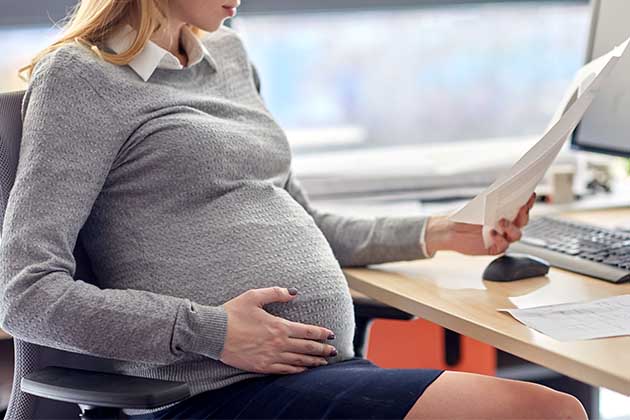
The United States provides no paid parental leave for either parent, breastfeeding is vastly disapproved of in public settings (and there are very few places across the country with spots for mothers to breastfeed their infants), and childcare services aren’t as accessible or affordable in the U.S.
In UNICEF's study, the United States failed to even rank amongst the top 31. In fact, it came in at the very bottom of the two categories it was compared in (countries were ranked in four categories, but there wasn’t enough information for the U.S. in two of those categories). The U.S. is the only OECD country without nationwide paid leave for parents.
Sweden: Family Policies

In June 2019, UNICEF conducted a study of the 41 richest countries in the world and found that Sweden had the most family-friendly policies of any other country. Sweden has paid paternal leave, better access to early childhood education (less than 1% say they can’t afford it), higher access to childcare, and more maternal leave than the U.S. by a mile.
Sweden is well known for its generous family policies. The country and society believe in supporting family life for the well-being of its citizens and children. Many of the goals are also centered around family economic security, according to the country's policy description.
Norway: Family Policies
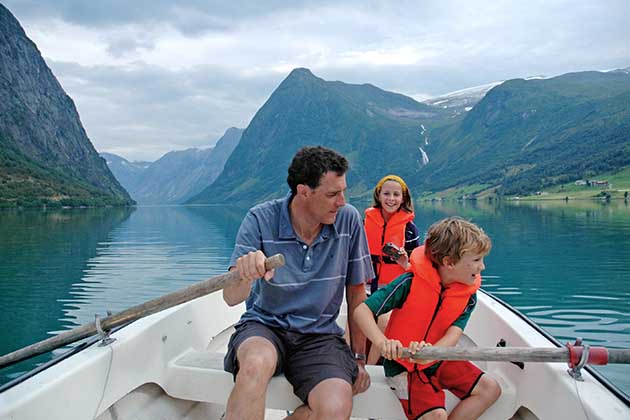
In the June 2019 UNICEF analysis, Norway skated into second place on the list of the countries with the most family-friendly policies. Norway actually has a higher amount of paid parental leave than Sweden but scored just a little bit lower in categories such as access to childcare and early education.
However, Norway is still leaps and bounds ahead of the United States. Mothers and fathers are encouraged to take parental leave, and parents have the fundamental right to daycare. Norway also offers flexibility at work to give families time with each other rather than focusing on work.
U.S.: Parental Leave

The United States does a lot of things well, but parental leave is most assuredly not on that list. According to Business Insider, out of the almost 200 countries across the world, the United States is one of only four that have no federally mandated policy for parental leave, and it’s the only developed country on that shortlist of four.
There is a policy called the Family and Medical Leave Act (FMLA) that enables some employees to take up to 12 weeks of unpaid maternity leave (read: unpaid), but not everyone qualifies for it. Only about 60% of employees are actually eligible for this program.
Sweden: Parental Leave

New parents are entitled to 480 days of leave, with 80% of their normal pay on top of 18 weeks of leave reserved just for mothers (though these weeks can be divided up amongst the parents). Sweden’s parental leave system is also considered unique because the fathers get 90 paid paternity days reserved specifically for them, an effort to promote bonding between the father and child.
Parents don't even have to take the days immediately. The days must be used partially before the child is 16 months, and the rest don't expire until the child is eight. Parents also get extra days for twins.
Norway: Parental Leave

Norway’s parental leave system is flexible, generous, and seen as one of the best in the world. Mothers can take up to 35 weeks of leave at full pay or 45 weeks at 80% pay, while fathers can take between zero and 10 weeks (though that depends on their wives’ income). Parents can also receive an additional 46 weeks at full pay or 56 weeks of at 80% of their income.
Trends show that fathers aren't taking as much leave as they're given, so the government is trying to figure out a way to encourage fathers to take their leave. Family is a very important thing in the country, so it makes sense that bonding with your children is essential.
Denmark: Parental Leave

In Denmark, new mothers can get up to 18 weeks of fully-paid maternity leave (four weeks before the birth and 14 weeks after). During the initial 14-weeks, the father can also take off two consecutive weeks to help out.
After those 14-weeks are up, the parents can split an additional 32 weeks of leave however they see fit, and they can extend that law for another 14 weeks if the child or parent gets sick. The government is required to cover 52 weeks of pay (though not always at full salary).
Estonia: Parental Leave
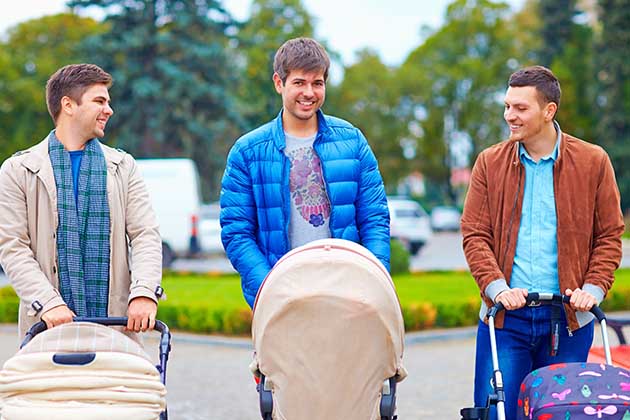
In Estonia, mothers are given 140 days of fully paid pregnancy and maternity leave, which can start between 30 and 70 days before the expected delivery date. Similar to the Nordic countries to the north, Estonian fathers are given two weeks of paid time off to promote bonding with their children.
Fathers can also choose to take some of the time off during the two months before the delivery date. After the maternity leave ends, parents are given an additional 435 days off to share, with compensation calculated from the average of their earnings.
U.S.: Minimum Wage

The German Wirtschafts-und Sozialwissenschaftliches Institut (WSI) conducted a study in early 2019 of 37 of the world's wealthiest countries. The study found that the United States doesn’t even make the top 10. The U.S. lands on this list in 12th place with an average minimum wage of just $7.31.
Some states are increasing the minimum wage, especially going into 2020. Even then, the laws were designed in a way that many people were exempt. Tipped workers even make a lot less money than those who make a set wage.
UK: Minimum Wage
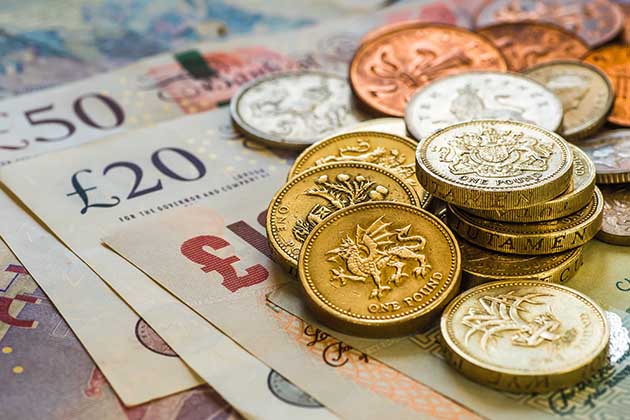
According to WSI's conducted study, the United Kingdom had the ninth highest minimum hourly wage at a total of $9.74 USD.
Recently, the UK decided to make a National Living Wage increase of 6.2% for those over the age of 25. Those aged 21-24 get a slightly larger increase of 6.5%. The increase was set to begin in April.
France: Minimum Wage

That same WSI study of 37 of the wealthiest countries found that France had the fourth-highest minimum hourly wages in the world. French workers make a minimum of $11.24 USD an hour.
France is famous for having a high minimum wage compared to the rest of Europe. The government has also begun to initiate a long-term plan to help businesses through the downturn caused by the coronavirus.
Australia: Minimum Wage
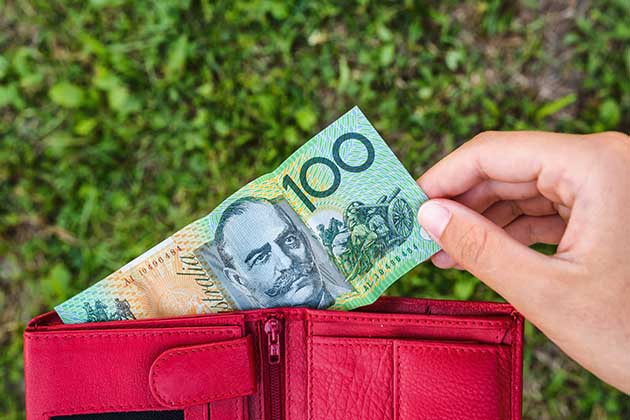
As of mid-2019, Australia has the world's highest minimum wage, according to the Organisation for Economic Co-operation and Development and Germany’s WSI. The OECD found that Australians made a total of $14.14 USD an hour in 2019, which had risen by 4% since 2017.
A lot of this comes as the result of a legal wage floor that was introduced way back in 1896, which ruled that wages should be enough that a family with three children should be able to maintain themselves and live in comfort.
U.S.: Vacation Time

The United States is the only economically developed country with no federally mandated paid leave. The Bureau of Labor Statistics found that approximately 84.7% of all workers receive some paid vacation days.
Because these time off days aren’t required, there are some workers who get zero paid days to take a breather. The same ideas go for holidays, which employers (for the most part), can honor as they see fit.
UK: Vacation Time

In the United Kingdom, you’ll find a generous paid leave system. You immediately start out with 28 days of paid leave, and that is known to increase with the number of years in service.
Overall, almost all workers are legally entitled to 5.6 weeks' paid holiday per year. This is known as statutory leave entitlement or annual leave, and it includes workers with irregular hours (like retail) or workers with zero-hour contracts.
France: Vacation Time

In France, workers are guaranteed five weeks of vacation time, one of the most in the world. However, there is only one public holiday that is required to be given off: May Day (or Fete du Travail), which is used to celebrate the achievements of workers. There are 10 other holidays that employers can include paid time off, and the majority do.
On top of the five weeks of vacation time and paid holidays, French employees can only work a maximum of 35 hours. There is no paid overtime, meaning people in France work less, get more time off, and get paid more than those in the United States.
Australia: Vacation Time

In Australia, full-time employees can receive four weeks (or 20 days) of paid leave every year, while part-time workers are entitled to five weeks. All of this is in addition to the 10-13 paid public holidays (though the number depends on the region you’re in).
Eight holidays are federally recognized, meaning employees are off those days and still receive pay. On top of vacation time, some Australian companies give their workers extra days in for "compassionate leave," if someone in the family or household is in a life-threatening situation.
U.S.: Health Care
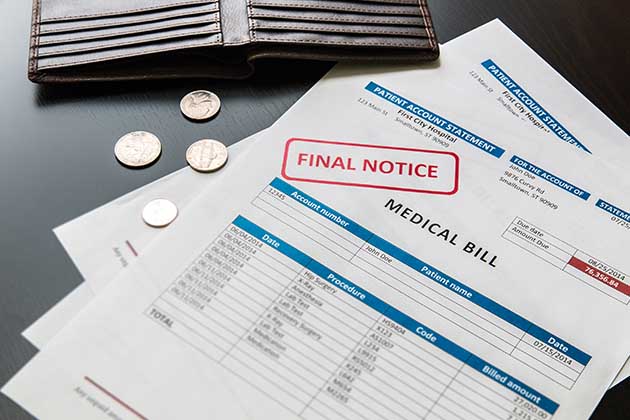
The U.S. has been praised for a dynamic and innovative health system, but it’s wildly expensive and falls incredibly short of universal coverage. The United States system is a strange amalgamation of conflicting ideas such as private insurance through employment and single-payer Medicare mostly for those 65+.
Then there are about 28 million without any kind of insurance to their name. Hospitals are almost all private (except for those run by the Veterans Health Administration), and drug costs are dangerously high, causing many to go without much-needed medications.
UK: Health Care

Since 1948, health services in the United Kingdom have been paid for through general tax revenue rather than insurance premiums. The government also plays a significant role in organizing and operating the delivery of health care.
Most hospitals are publicly owned, and the specialists who work there are government employees. There are some general practitioner practices that are privately owned, but the majority are public.
France: Health Care

Everyone in France is required to have health insurance, and it is sold by a small number of nonprofit funds that are vastly financed through taxes. Public insurance in France covers 70-80% of costs.
Voluntary health insurance will usually cover the rest, which makes out-of-pocket costs low. According to the New York Times, about 95% of the population has voluntary coverage that their jobs or means-tested vouchers help cover.
U.S.: Press Freedom
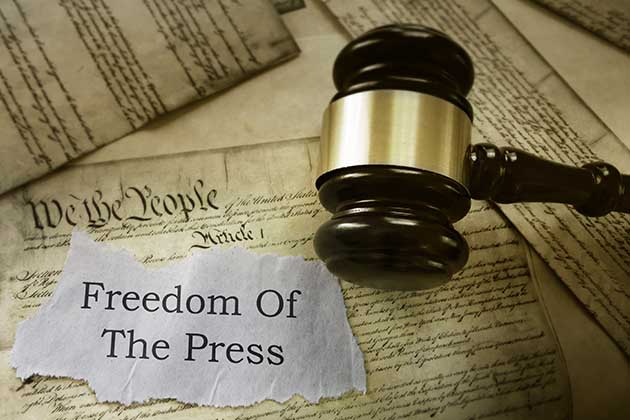
In the U.S., there is unprecedented violence against journalists, according to the 2019 World Press Freedom Index. Since 2016, there has been a steady decline in press freedom. Rhetorical attacks from the government and private individuals have grown increasingly hostile, and in June 2019, that hostility became physical.
A man entered the Capital Gazette newsroom in Maryland, killing four journalists and one other member of the staff. The current administration has continued to declare the press as the “enemy of the American people” and “fake news.” The U.S. is among the lowest ranking first-world countries, coming into 48th place on this list.
Australia: Press Freedom
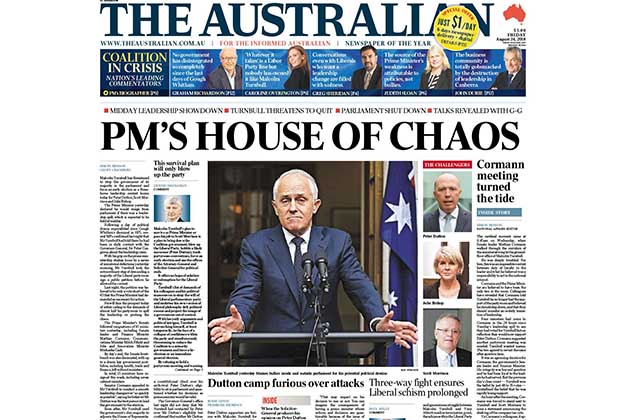
The 2019 World Press Freedom Index has ranked Australia at 21 out of 180 countries. The index found that Australia has good public media, but the concentration of media ownership in the world, and the government has abandoned any attempt at regulating the media market.
Independent investigative reporters and whistleblowers face cruel and oppressive legislation. Australia has also adopted one of the toughest defamation laws in the world.
Sweden: Press Freedom
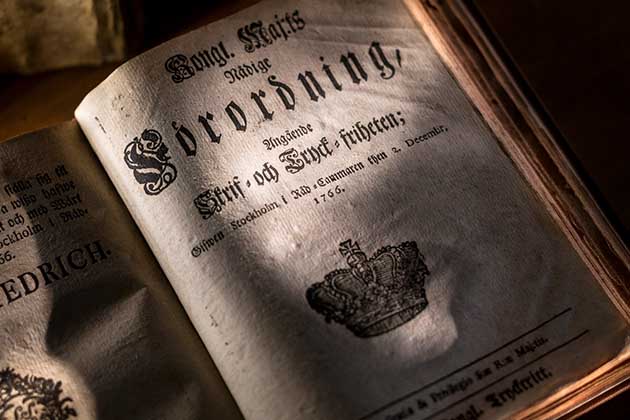
Fun fact: Sweden is actually home to the world’s first press freedom law, and it still ranks among the very top in terms of media independence. Sweden’s press law not only ensures the press’s freedom but also the public’s right to access state-held documents under the principle of ‘the right to information.’
The government also passed a law that allows journalists to publish public documents without repercussions. Swedish police and the judiciary system have also made an effort to become more active in combating online threats to journalists.
Norway: Press Freedom

The 2019 World Press Freedom Index ranks Norway at the very top of the list, almost faultless. On top of that, Reporters Without Borders ranked Norway as number one in its Worldwide Press Freedom Index.
Norwegian journalists are not subject to censorship or political pressure, violence against them is rare, but there has been a growth in online harassment. However, the Norwegian government has cut subsidies for the media in a budget presented in late 2017, and low-circulation newspapers are struggling to survive.
Denmark: Press Freedom
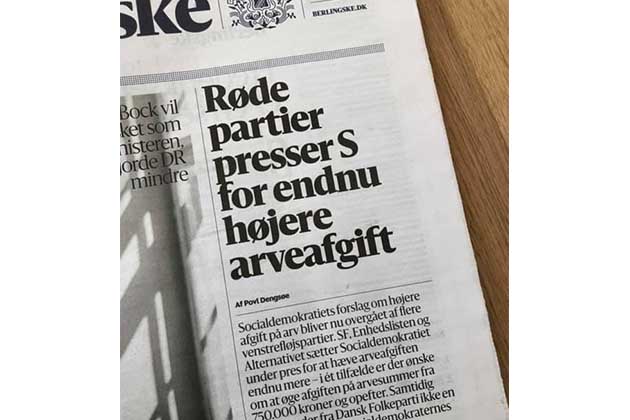
Denmark rounds out the top five spots in the 2019 World Press Freedom Index. The country is recovering from the drop it faced in 2017 after the death of Swedish journalist Kim Wall.
Free speech is guaranteed in Denmark’s constitution that stated, “Every person shall be at liberty to publish their ideas in print, in writing, and in speech, subject to their being held responsible in a court of law. Censorship and other preventive measures shall never again be introduced.”
Estonia: Press Freedom
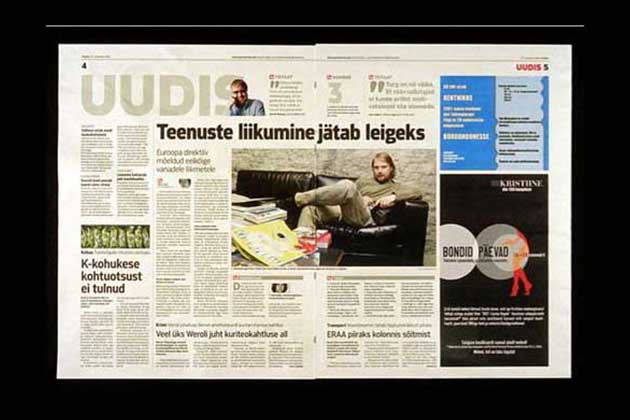
The 2019 World Press Freedom Index ranks Estonia within the top 15 at number 11, because journalists there work in such a favorable environment. However, there has been a decline in the autonomy of journalists, and there has been direct corporate interference in the editorial process.
Regardless, Estonia allows media outlets to express a variety of positions without being subject to political interference. While it can happen sometimes, it's generally unusual.
U.S.: College Education

Colleges and universities abroad are often seen as refuges for American students because U.S. schools are overpriced and overhyped. The cost of American universities has skyrocketed more than 500% since 1985, and it’s taking longer and longer for graduates to pay off their crushing student loan debt.
Students work two, sometimes three jobs on top of their studies in order to just barely scrape by. It's a bleak time for students at American universities, and many are looking internationally for other options. Meanwhile, legislators in Washington, D.C. seem to vastly ignore this issue.
France: College Education

In the past, you’ve needed to speak French in order to attend any university in France, but this is no longer the case. Students who attend public universities usually pay only a few hundred dollars per year (though this can vary depending on the degree level and area of study).
Over the years, France has modified and adapted the model on free tuition, and some EU students pay based on family income. It’s expected that these changes will eventually affect how much international students pay to attend French universities.
Sweden: College Education
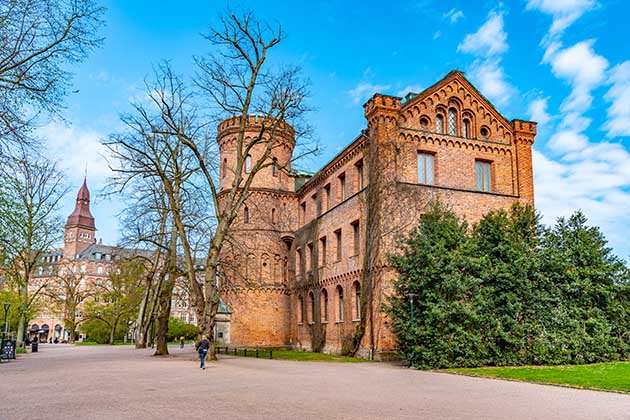
Sweden's system on free college only applies to students pursuing research-based degrees, but some programs even offer stipends to international students. The only drawback to this is that Sweden has a high cost of living that can still put students over their budgets.
Many students walk away with debts, although it's a lot less than the average American debt. College Finance Group determined that students have roughly 124,000 krona, which is roughly $19,000.
Norway: College Education
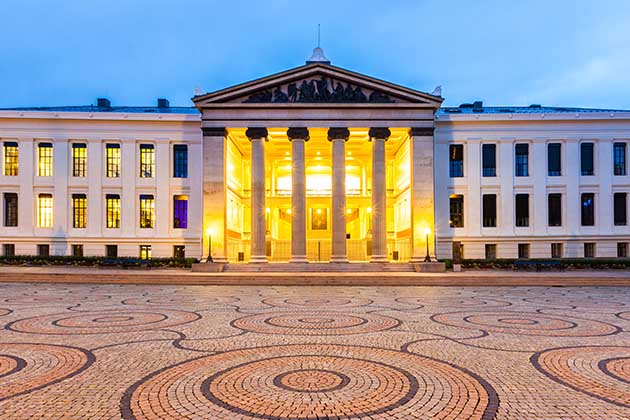
Okay, so Norway is known for harsh winters and one of the highest costs of living in the world, but tuition is free at all public universities. That’s nothing to turn your nose up at, either; Norway offers several high-ranked public institutions such as the University of Oslo, Norwegian University of Science and Technology, and the University of Bergen.
Even though tuition is free, students do have to pay a mandatory student union fee each semester, but it's only between 30 to 60 euros. Students, in return, get a student card which gives them discounts for public transportation, museums and cultural events, and access to healthcare.
U.S.: Climate Change
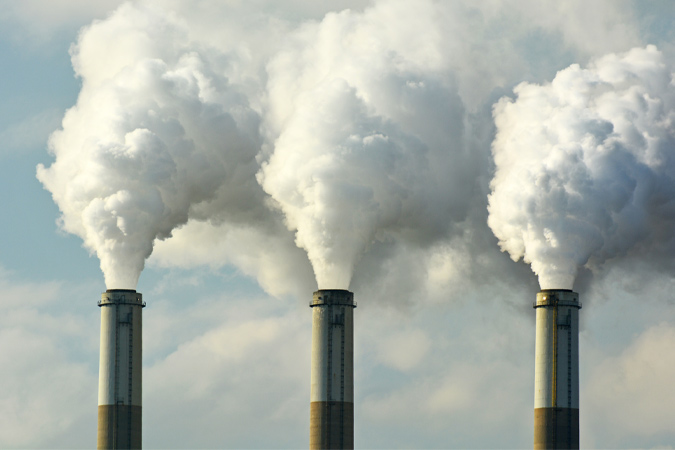
The U.S. has made some questionable decisions regarding climate change recently. In 2017, the president decided to withdraw from the Paris Agreement (a multinational accord to collectively combat global warming), and he continually disavows its very existence.
The U.S. still manages to rank amongst USA Today’s list of the top 10 countries doing the most to protect the environment. Over 25% of U.S. territory is protected reserves with limited public access. However, there are proposals to slash funding for the Environmental Protection Agency by 31%, and should this take effect, then the U.S. will fall from that top 10 list.
Australia: Climate Change

According to USA Today, Australia has the second-highest percentage of protected terrestrial and marine areas of the 15 countries doing the most to protect the environment. Australia has implemented a plastic bag ban, a strategy to halve food waste.
It also constructed one of the world’s largest lithium battery that will effectively store wind energy. However, between 2006 and 2016, there was an 8.4% increase in consumption emissions and a 3.2% hike in carbon emissions from fossil fuel and cement production.
Norway: Climate Change

Norway has an abundance of hydropower, and its power system is essentially 100% renewable, according to USA Today. Norway is considered to be the number three country doing the most to protect the environment. In 2005, Norway signed the Kyoto Protocol in hopes of reducing the number of greenhouse emissions.
Norway is aiming for Carbon neutrality by 2050. However, only 5.1% of the country's terrestrial and marine areas are protected (which is amongst the lowest of the 15 countries doing the most to protect the environment).
Denmark: Climate Change
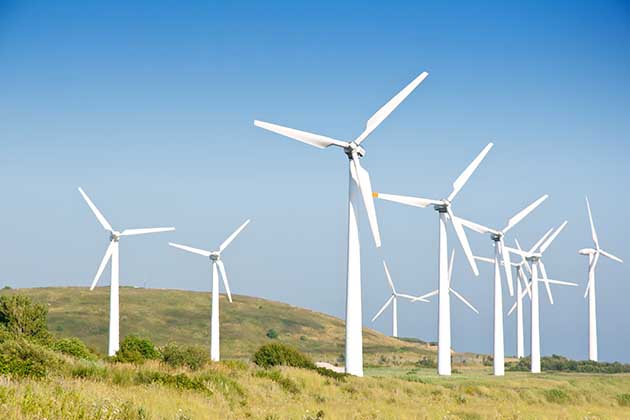
USA Today found that Denmark is the number one country doing the most to protect the environment. Denmark has made major strides forward in improving air quality, and the percentage of the population exposed to unsafe air pollution dropped from 78.8% to 56.9%. Denmark shows no signs of slowing down either and continues to set ambitious goals, such as becoming independent from fossil fuels by 2050.
Last year, Denmark also created a new goal: to cut emissions by 70% by 2030. It's an extremely aggressive goal, with new legally-binding targets set every five years.
 Author
Ron Winkler
Last Updated: September 29, 2025
Author
Ron Winkler
Last Updated: September 29, 2025